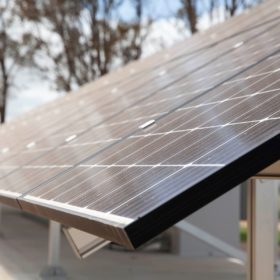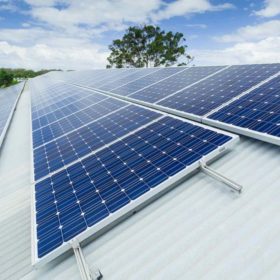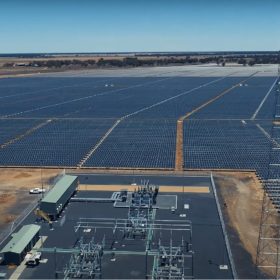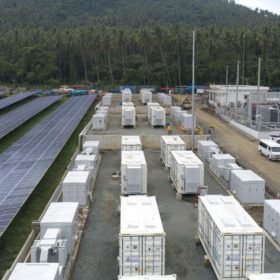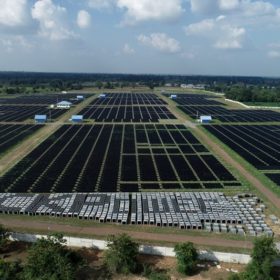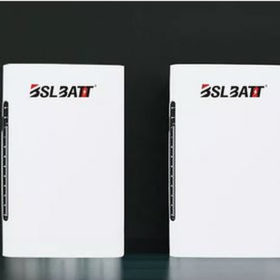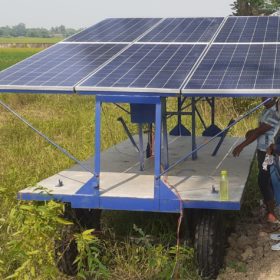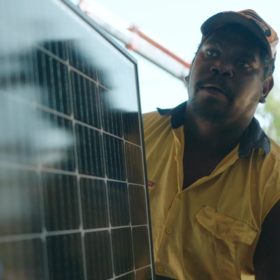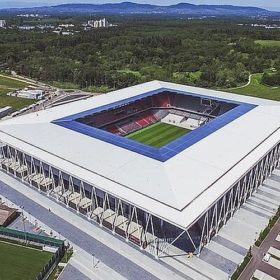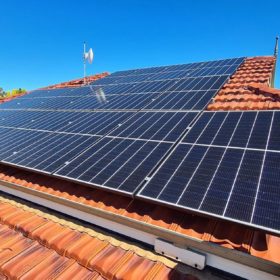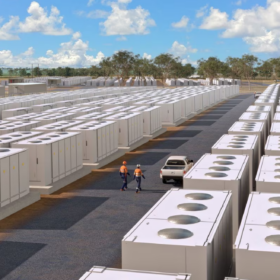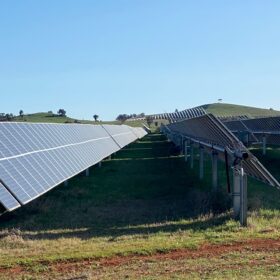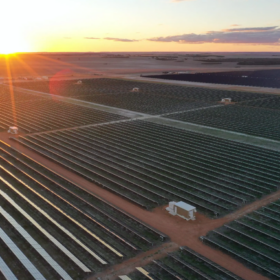New rules allow distributors to roll out standalone power systems in NEM
The deployment of standalone power systems in the National Electricity Market is expected to accelerate after the Australian Energy Market Commission this week published new rules allowing distributors to install the renewables-based technology in the five market jurisdictions.
NSW council considers making rooftop solar PV compulsory
More than 3 million Australian households and small businesses have voluntarily installed rooftop solar systems but a local council in New South Wales is looking to mandate the continued rollout, investigating the potential for all new homes built in its region to be required to have solar PV panels on the roof.
NSW councils sign $180m renewable energy supply deal
A cohort of 25 New South Wales councils has signed a renewable energy supply deal worth an estimated $180 million that will see the local government associations supplied with electricity sourced from three of the state’s large-scale solar farms.
Philippines’ largest battery comes online at 120MW solar park
The 40MW/60MWh Alaminos Energy Storage system is now connected to the 120MW Alaminos solar park. Both facilities were built by renewable energy developer AC Energy.
Thailand’s CK Power set to double in size through 2.8GW renewables investment
One of Southeast Asia’s biggest generators of renewable electricity, Thailand’s CK Power, is set to double in size over the next three years after announcing plans to add 2.8GW of new renewable electricity generation, including a ten-fold increase in its solar capacity.
New off-grid solar battery from China
Chinese manufacturer Bslbatt has unveiled a modular lithium-ion battery that can be used for the off-grid storage of solar energy. The device has a storage capacity ranging from 5.1 to 30.7 kWh and is claimed to provide steady operation for up to 6,000 charge cycles.
Mobile solar pump for remote areas
Researchers at the Indian Institute of Technology Bhubaneswar have developed a solar power system that can be easily moved between farms to pump water for irrigation. The kit comprises solar panels and an inverter to power a surface-mounted pump.
Weekend read: Power to be heard
The wide-open spaces of the Australian outback make it ripe for solar development, but doing so without the true inclusion of Indigenous communities may repeat the mistakes made by resource extraction companies in the past. However, Indigenous-led companies and an innovative new initiative are looking to put power and ownership into the hands of the land’s traditional owners, reports pv magazine Australia’s Bella Peacock.
Work begins on world’s largest PV system on a stadium roof
The stadium of German football club SC Freiburg will host a 2.4MW rooftop solar array that will be built with heterojunction modules provided by Swiss manufacturer Meyer Burger.
Infinite Energy pulls plug on rooftop solar and battery business
One of Australia’s largest residential and commercial solar PV retailers and installers has announced it will exit the market, declaring low margins and once-in-a-generation disruptions to the supply chain brought on by the Covid-19 pandemic have taken a toll.
